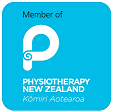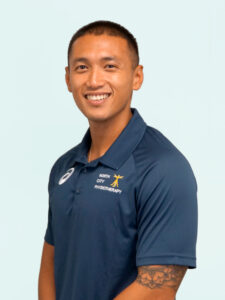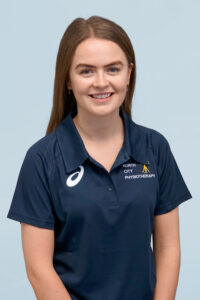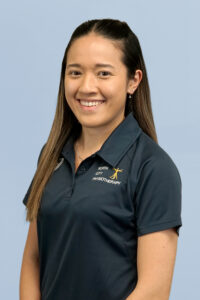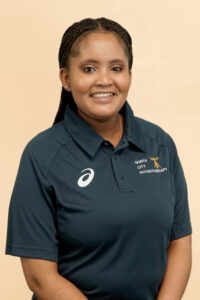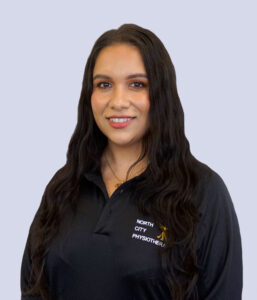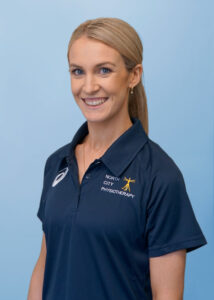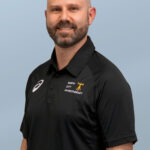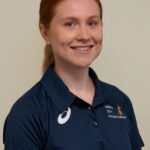
We run mat level Pilates classes with Georgie at our Whitby clinic
Each class is 1 hour. Cost is $20 per class, or purchase purchase 10 for $180 and get a free class!
For Whitby classes:
- call us on 04 2341114 or email us at [email protected]
Current times:
-
Tuesdays: 9.10am – “Easy going – intermediate”
-
Tuesdays: 6.00pm – “Intermediate”
-
Wednesdays: 9.00am – “Intermediate”
-
Wednesdays: 10.30am – “Advanced Beginners”
-
Thursdays: 9.00am – “Absolute Beginners”
-
Thursdays: 6.00pm – “Intermediate”
What is Pilates
Pilates is a mat-based exercise class, using precise movements and breathing techniques to build a strong flexible body. It is a mind body conditioning programme that targets the deep postural muscles of the abdomen, spine and pelvic floor to improve overall central core stability and posture.
Where did Pilates start?
Pilates is named after its creator, Joseph Pilates, born in Germany in 1880. He spent his childhood fighting rickets, asthma and rheumatic fever. As a child he lived in pursuit of optimum health and fitness. In England he trained as a boxer, circus performer and self-defence trainer before developing his own exercise programme. During World War I he was interned and while working as a nurse taught fellow prisoners his series of exercises. In 1926 he moved to New York and opened his first studio which attracted many famous dancers and athletes.
Why do Physiotherapists teach Pilates?
Teaching exercise is a core skill of all physiotherapists. For many years the Pilates method has been taught and used by dancers and professional athletes as a form of rehabilitative exercise to aid recovery from injuries. Physiotherapists recognise the benefits of well structured, carefully performed exercises, rather than more frantic jumping and running around activities.
What makes Pilates special?
Why are Physiotherapists such big fans of Pilates? There are 3 aspects of Pilates which we think make Pilates special. They are the things that make it more than a slow bums and tums workout!
Pilates is not slow aerobics!
The stand out differences to us is the focus on breathing, the inclusion of the pelvic floor and the mindfulness of the movement to make sure that both the breathing and the core muscles stay integrated to the arm and leg movement patterns. This trains the body to work in the patterns we need to do on automatic pilot in real life.
Even when you have been doing Pilates a long time, it can be helpful to stop to take a moment to re-connect with the basics.
1. Using your breath correctly
We want to aim to breathe out as we first connect with the pelvic floor and lower abdominals. These muscles work very closely with the breathing muscle, the diaphragm. Many people find breathing and doing pelvic floor really difficult.
2. Pelvic Floor Focus
When there is a lot going on in an exercise the pelvic floor can easily get abandoned or completely left out! It can help to take a separate moment to focus in on the best action. It works best if you use both the front and back of it – and it has sides too !
3. Doing More Than One Thing at a Time!
The real skill we are searching for in Pilates is the art of being able to do it all at the same time – breathing, engaging the core and moving. If you want to be the teacher you have to smile too!


